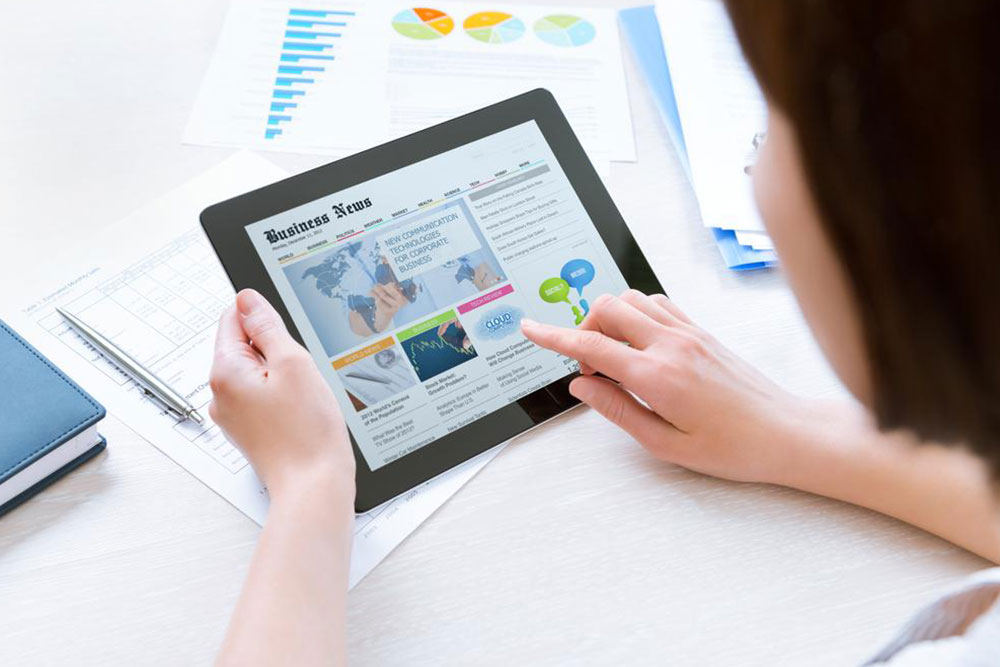Comprehensive Guide to Essential Educational Tools and Resources for Learners and Educators
Discover a comprehensive guide to essential educational tools and resources that enhance teaching and learning. From textbooks and videos to interactive software and open educational resources, explore how these assets support diverse learning styles and educational goals. Learn strategies for selecting the right tools to maximize educational success in today’s evolving landscape.

Vital Resources for Successful Teaching and Learning
In the modern educational landscape, learners and educators have access to a vast spectrum of tools designed to facilitate effective teaching and enrich the learning experience. These resources encompass physical objects like textbooks and classroom materials, digital media such as educational software and videos, as well as online platforms that enable remote and interactive learning. The strategic selection and utilization of these tools are crucial for aligning with curriculum goals, teaching methodologies, and individual learning objectives. Over the years, educational resources have evolved dramatically—from traditional textbooks to innovative digital solutions—offering diverse options that cater to various learning styles and needs. This evolution has expanded the possibilities for personalized, engaging, and flexible education. Below, we explore in detail some of the most influential and widely used educational tools and materials available today.
Understanding Educational Resources Educational resources refer to any assets, whether digital or physical, that support teaching and learning processes. These assets include textbooks, online courses, multimedia content, and interactive tools. Learning objects, a subset of these resources, are designed to be adaptable and reusable, supporting different instructional approaches and learner preferences. Their versatility enhances engagement and allows for customization in teaching strategies, making education more accessible and stimulating for all students.
When considering educational tools, standard materials such as textbooks, online modules, and instructional videos are commonly employed across educational institutions worldwide. These foundational resources are complemented by a broad array of supplementary tools designed to enrich the learning process and cater to diverse educational contexts.
Categories of Educational Tools
Educational resources can be categorized into four primary types, each serving distinct purposes in the learning ecosystem:Instructional Aids These include a variety of materials such as articles, detailed guides, workshops, seminars, and tutorials, which primarily facilitate self-directed learning. For example, instructional videos, webinars, and online modules serve as excellent tools for introducing new concepts, providing explanations, and guiding learners through complex topics in an accessible manner.
Practice Materials Once learners understand fundamental concepts, they benefit from practice tools to reinforce their knowledge. These include research assignments, quizzes, interactive simulations, and specialized educational software. These resources help assess comprehension and enable learners to apply what they've learned in practical scenarios, fostering deeper understanding and retention.
Collaborative Learning Resources Group-based activities are vital for developing critical thinking and communication skills. Tools such as discussion forums, virtual classrooms, live chats, and collaborative document editing platforms promote peer interaction. These resources facilitate the exchange of ideas, encourage diverse perspectives, and build a community of learners, all of which enhance overall comprehension and engagement.
Assessment Tools Evaluating learner progress is an integral part of the educational process. Online assessments, timed tests, digital exams, and certification programs allow educators to measure understanding, identify areas needing improvement, and recognize achievement efficiently. These tools often incorporate instant feedback mechanisms, motivating learners and helping instructors tailor instruction more effectively.
Popular and Valuable Educational Materials
Textbooks Despite the digital surge, textbooks remain a cornerstone in education. They provide comprehensive coverage of subjects, structured lesson plans, and review questions that facilitate systematic learning. Well-designed textbooks continue to serve as vital references for students across all levels.
Educational Software and Digital Tools Software solutions encompass a wide range of interactive programs, tutorials, and game-based learning applications. These tools are especially effective in remote or hybrid learning environments, offering features like quizzes, flashcards, virtual labs, and collaborative platforms that engage learners and make education enjoyable.
Videos and Digital Content Content-rich platforms like YouTube, Khan Academy, and TED-Ed deliver tutorials, recorded lessons, and animations that clarify complex topics. Visual and auditory aids cater to diverse learning styles, helping students grasp difficult concepts with ease.
Audible Resources Audiobooks and audio-based educational content expand access by allowing learners to engage with material during commutes, workouts, or downtime. Applications like Audible, Kindle, and learning podcasts provide extensive libraries, making education more flexible and accessible.
Documentaries and Visual Narratives High-quality documentaries serve as engaging tools for fostering critical thinking and providing in-depth insights into scientific, historical, and cultural topics. They seamlessly blend entertainment with education, stimulating curiosity and encouraging further exploration.
Current Events and News Incorporating news stories into the curriculum helps learners stay informed about global affairs, develop vocabulary, and understand societal issues. Real-world updates serve as practical learning resources that reinforce theoretical knowledge with contemporary relevance.
Traditional Lectures and Classroom Interactions In-person lectures, seminars, and faculty-led discussions continue to play an essential role in introducing new concepts, fostering immediate feedback, and addressing learner questions directly. They establish a collaborative environment conducive to active learning.
Open Educational Resources (OER) Freely accessible in the public domain, OER include open textbooks, lecture series, research articles, and online courses. They empower learners to customize their educational journey, access high-quality content without cost, and foster a culture of sharing and continuous improvement. While Open Educational Resources are often free, learners and educators should exercise discernment to verify the accuracy and relevance of materials. Their growth has significantly increased access to quality education worldwide, especially in underserved communities.
In conclusion, the vast array of educational resources available today offers unprecedented opportunities for personalized learning, skill development, and academic success. Selecting the right combination of tools based on individual needs, goals, and context is key to maximizing educational outcomes. Whether through traditional materials or innovative digital solutions, embracing a strategic approach to educational resources can transform learning from a passive activity into an engaging and effective experience.





